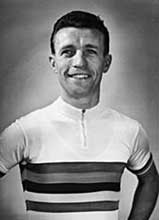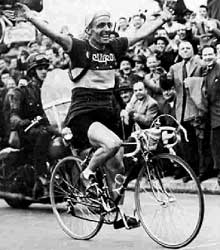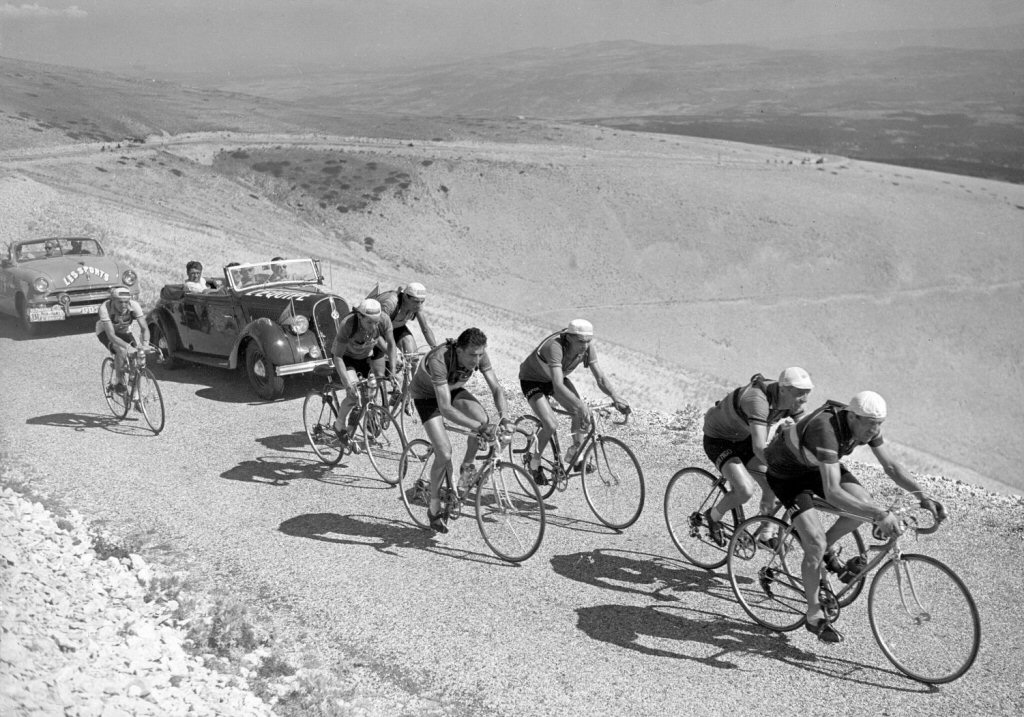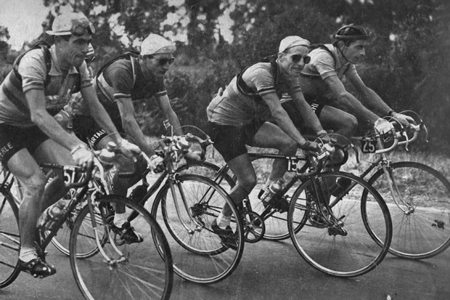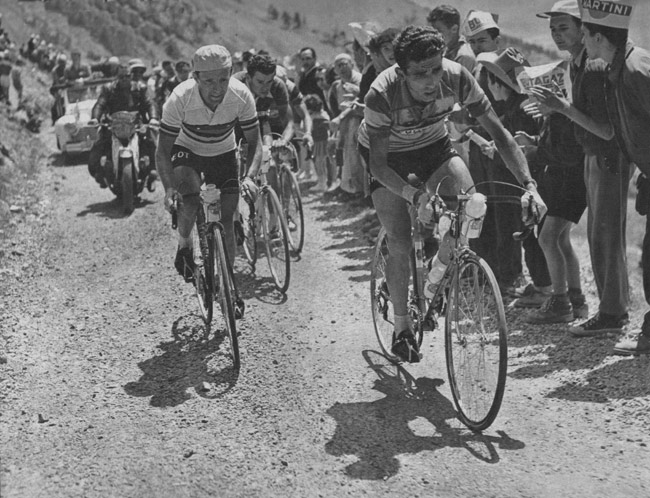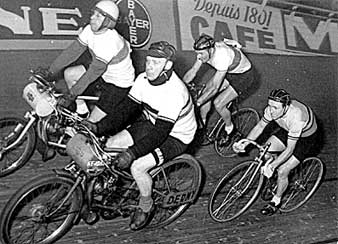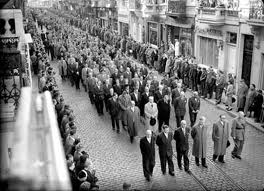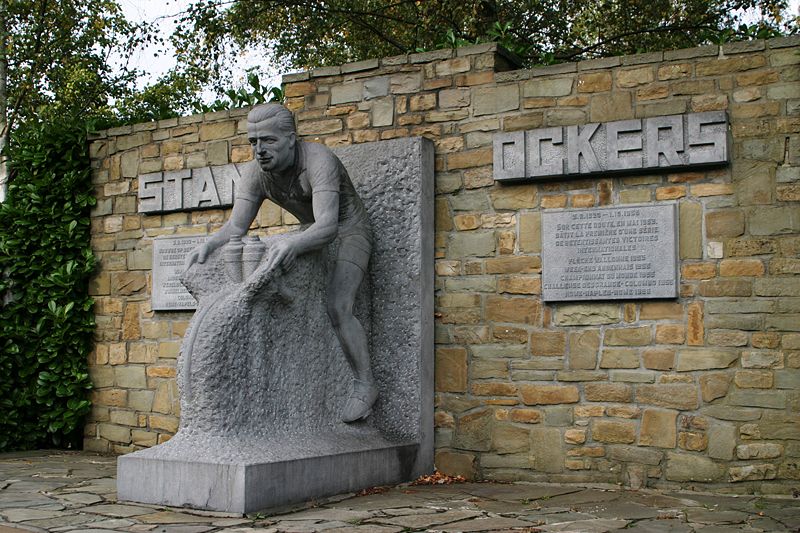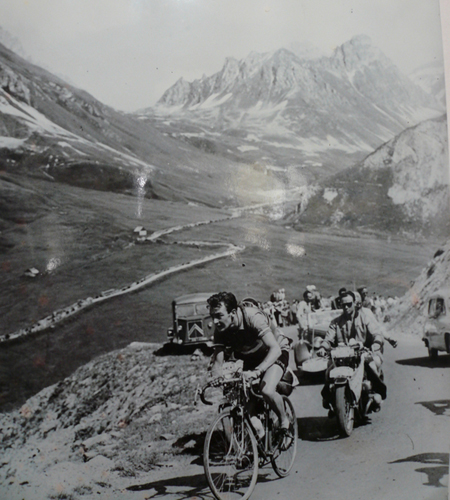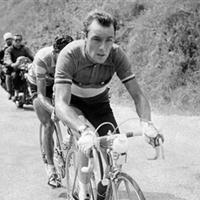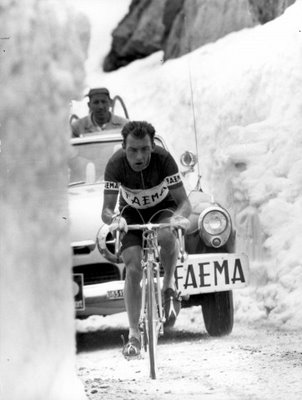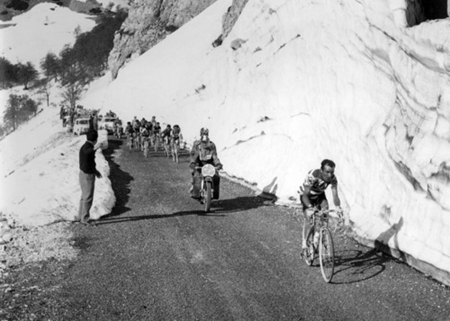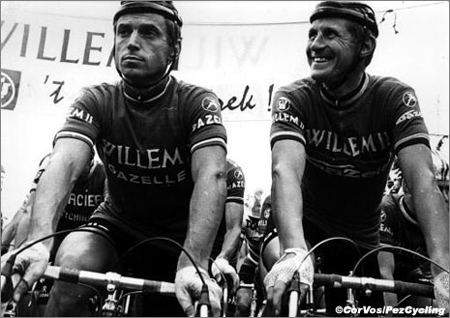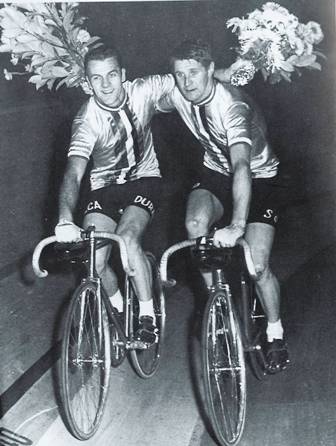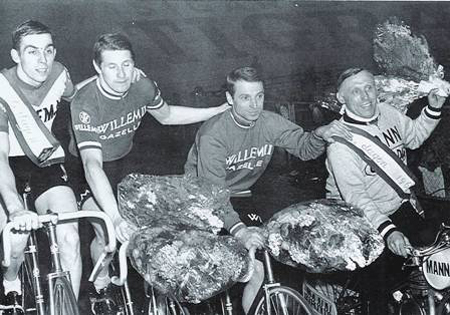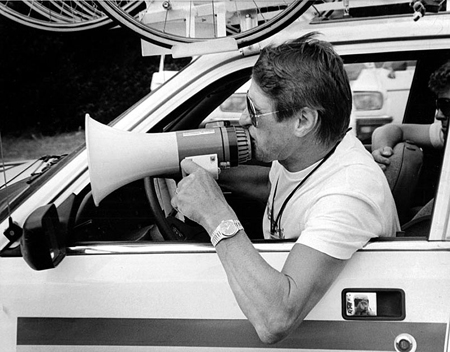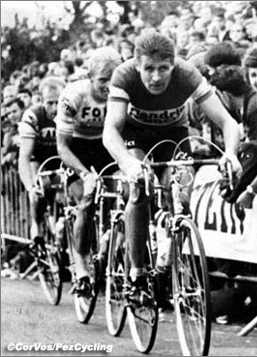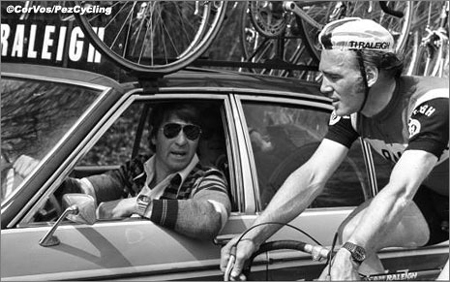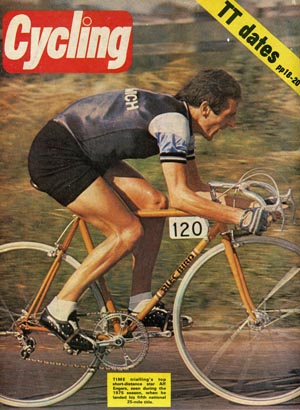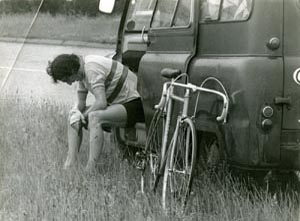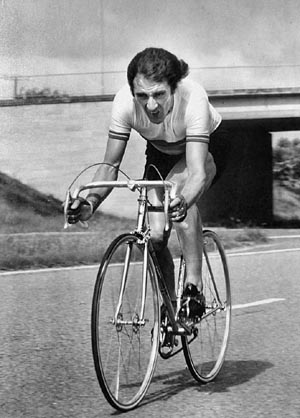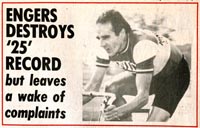Beryl
 Wed, May 30, 2012
Wed, May 30, 2012 Tropical Storm Beryl which formed last week off the coast of South Carolina then took a trip south to come ashore in north Florida. Beryl then did a “U” turn to travel over Georgia and coastal South Carolina last evening.
It did little damage; just dumped a whole lot of rain on the area. I was relieved by the storm’s passing because now I no longer have to listen to a local TV Weather-man, Rob Fowler, butcher the pronunciation of the name Beryl.
It is a two syllable name (Bear-ill) our local weather expert made it a one syllable name (Birl) like Girl. I think one of the reasons it drove me crazy was that the name reminded me of probably the greatest female cyclist ever; British rider Beryl Burton. This TV weatherman, for me anyway, was insulting her memory.
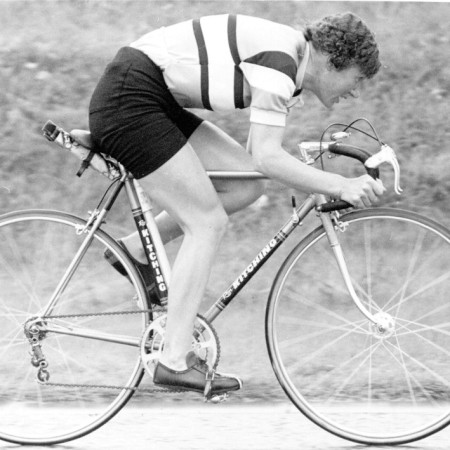
Beryl Burton (Above.) a year younger than me, dominated women’s cycling for over 20 years from the late 1950s until the early 1980s. British Time-Trialing was really the only sport open to a female cyclist in the UK during that period; and she was much faster than many men of that era, including me.
She held British National Women’s Records for all time-trial distances, and although these records have since fallen, one has to remember the times were set before aero-bars and disc wheels became standard TT equipment.
To give an idea of just how great a cyclist Beryl Burton was, here are the times for the records she set.
10 miles: 21:25 (1973) stood for 20 years
25 miles: 53:21 (1976) stood for 20 years
30 miles: 1:08:36 (1981) stood for 10 years
50 miles: 1:51:30 (1976) stood for 20 years
100 miles: 3:55:05 (1968) stood for 18 years
12-hour: 277.25m (1967) still stands
One record for the 12 hour event, Beryl set in 1967, at 277.25 miles, still stands. As a women’s record it will probably stand for many more years and possibly indefinitely. 277 miles is a distance many men would still be happy to achieve today, and with road racing now an available sport for top female cyclists, few women will even attempt the 12 hour time-trial event anymore.
Amazingly, this 12 hour record was greater than the men’s record at that time. There is a famous true story of when she caught Mike McNamara, who himself was on the way to recording a new men's national 12 hour record - 0.73 miles shorter than the figure Beryl Burton set.
In her biography Beryl recalled how she felt sorry for McNamarra, his moment of glory overshadowed by a woman. As she passed him she offered him a Liquorice Allsort (A famous British candy.) Mike took it, thanked her and ate it.
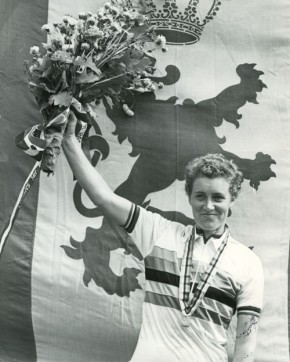 In spite of the fact that British Time-Trials on flat courses were the only competition open to her, Beryl Burton still managed to dominate World Championships.
In spite of the fact that British Time-Trials on flat courses were the only competition open to her, Beryl Burton still managed to dominate World Championships.
With little or no road racing experience, she won the women’s world road race championship in 1960 and 1967 (Picture left.) and was runner-up in 1961.
On the track, she specialized in the Individual Pursuit event, winning World Championship medals almost every year across three decades. She was world champion five times (1959, 1960, 1962, 1963 and 1966), silver-medalist three times (1961, 1964 and 1968), and won bronze in 1967, 1970 and 1973.
When one considers that Women’s World Championship Road Races in Beryl’s day were only 40km. (25miles.) in length; had they been the 130km. of today’s women’s events (80 miles plus.) she would have decimated her rivals and won far more often.
Also there is the consideration that there was no women’s time-trial event for the World Championships back then, and women’s cycling was not included in the Olympic Games until 1984 at the end of Beryl’s career. How many more World medals could Beryl Burton have won?
Sadly it was Beryl Burton’s grit and determination that may have lead to her early death. As Beryl aged and her health deteriorated, she slowed, she trained even harder. Inevitably, this all proved too much.
One week short of turning 59, in May 1996, Beryl Burton - in whom doctors had always observed a curious heart rhythm - headed out for the last bike ride she'd ever make. On her bike, on roads close to her Yorkshire home, Britain's most prolific female racing cyclist collapsed and died.
The death of Beryl Burton taught me an important lesson. When you age there is no shame in slowing down; you have nothing more to prove. Know your physical limitations.
 Dave Moulton | Comments Off |
Dave Moulton | Comments Off | 





















